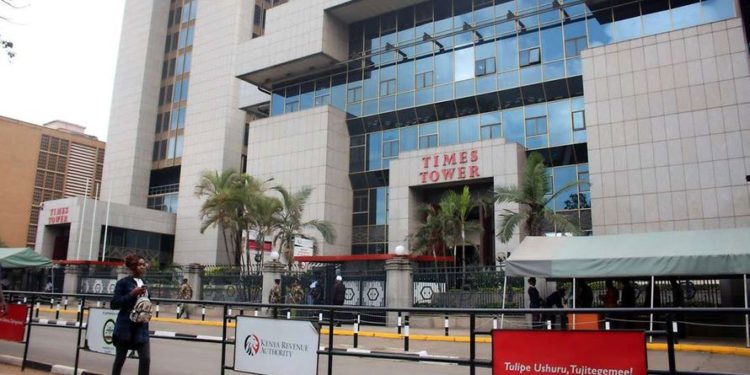The Kenya Revenue Authority (KRA) collected KES 786.5 billion between last July and November in taxes, falling short of the target of KES 818.7 billion that had been set by the Treasury for the period.
The worst-performing tax head was the income tax, which recorded a shortfall of KES 30.4 billion, pointing to a tough environment where earnings by companies and workers were depressed.
The Treasury had targeted to collect KES 372.9 billion from income taxes, which comprises taxes on employees’ salaries and corporates’ profits, but managed to get KES 342.5 billion.
“In the first five months of FY2022/23, total revenue performance was below target by KES 19 billion, with ordinary revenue recording a shortfall of KES 32.2 billion. This shortfall needs to be recouped to avoid hampering budget execution. Efforts are underway between the National Treasury and KRA to close the gap.” said Dr Chris Kiptoo, the Treasury PS,on the first day of the public hearings on the budget for Financial Year 2023/24.
Other Income taxes, where corporate income tax paid by firms falls, recorded a shortfall of KES 17.6 billion, with the taxman getting KES 153.6 billion in the review period instead of a target of KES 171.2 billion.
The other income tax, pay-as-you-earn, which employees pay, had a shortfall of KES 12.8 billion, with KRA getting KES 188.9 billion from workers from a target of KES 201.7 billion.
KRA, which surpassed its target for the Financial Year 2021/22, is under pressure from the new administration of President William Ruto to better its collections in the current and subsequent fiscal calendars, an uphill task due to a depressed economic environment which has seen investors spooked by a looming global recession.
The taxman has, however, implemented new measures, such as the new Tax Invoice Management System (TIMS) and upgrade of ETR amidst the introduction of new taxes in a bid to improve tax administration for optimal collection.
Read also; KRA’s Uphill Task to Collect KES 3 Trillion by December.




